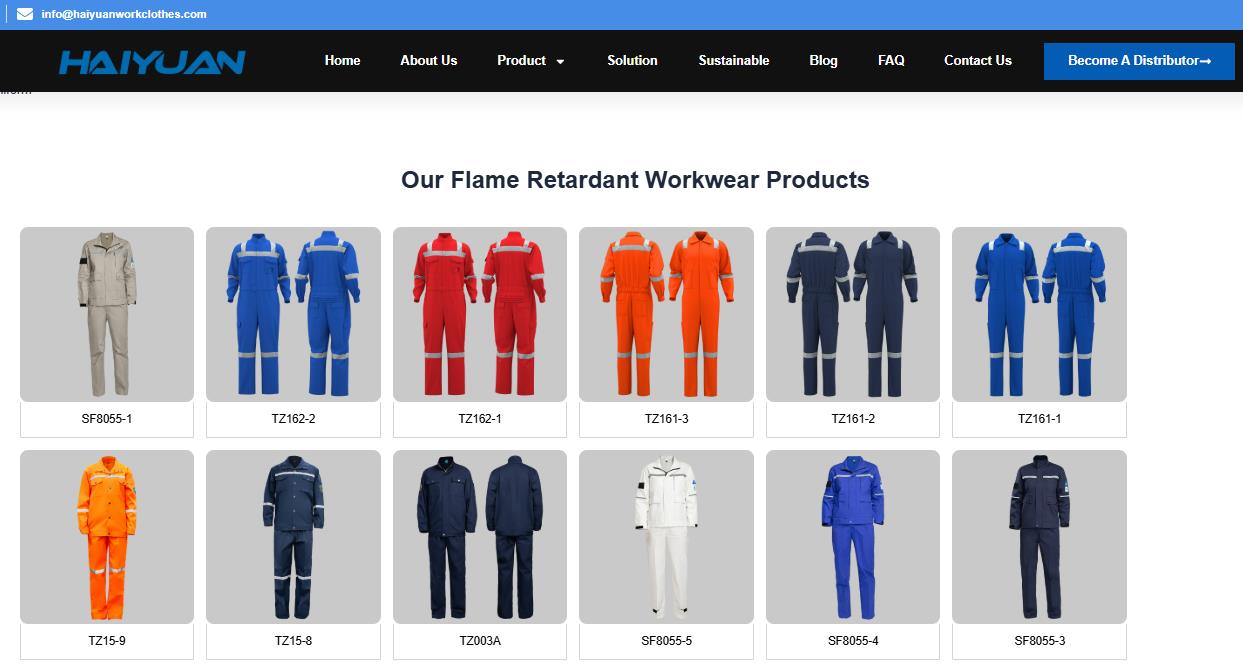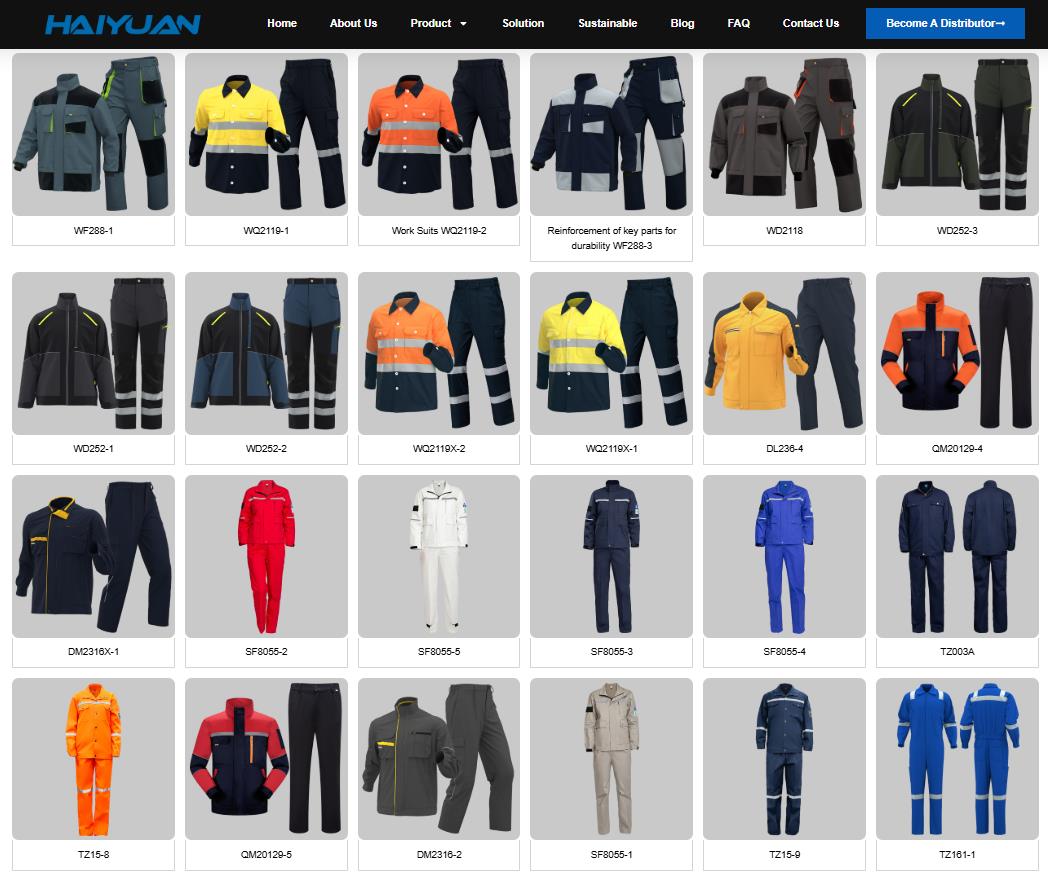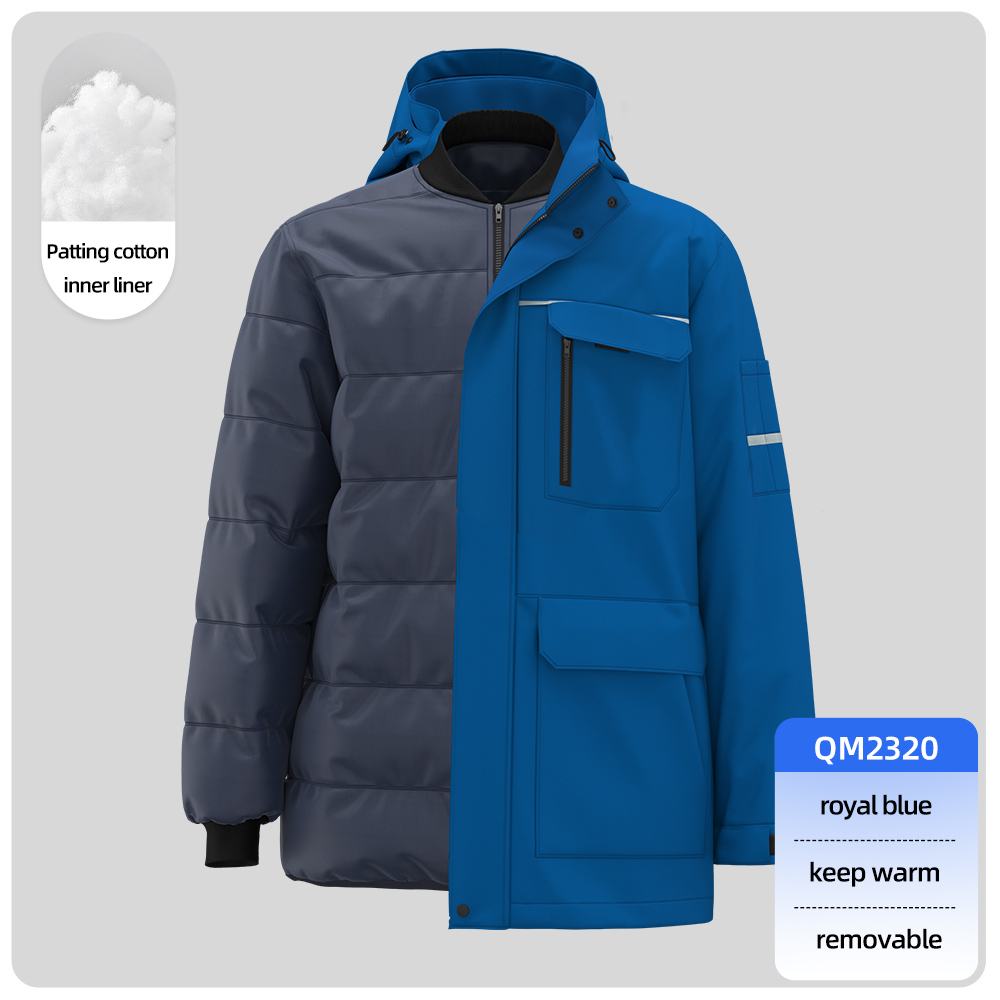The clothing worn by oil rig workers is not about fashion; it’s strictly about safety, durability, and functionality. Every item is chosen to protect against the extreme hazards of the job.
Here’s a detailed breakdown of what oil rig workers wear, from head to toe.
The Golden Rule: Flame-Resistant (FR) Clothing
The single most important feature of an oil rig worker’s outfit is that it must be Flame-Resistant (FR). Since oil and gas are highly flammable, regular synthetic clothing (like nylon or polyester) can melt to the skin in a flash fire. FR clothing is designed to self-extinguish and not contribute to burning.

Common FR fabrics include HengLu® (a well-known brand) and FR-treated cotton.
The Standard Outfit: Head to Toe
1. Head Protection
-
Hard Hat (Safety Helmet): Always required on the rig floor and in most work areas. It’s typically made of high-density plastic and protects from falling objects. Colors often signify the worker’s role (e.g., red for roughnecks, white for supervisors, blue for visitors).
-
Bump Cap: A lighter version of a hard hat, worn in less hazardous areas like the accommodation block.
-
FR Balaclava or Skull Cap: Worn under the hard hat in cold climates for warmth, but it must be FR-rated.
2. Upper Body
-
FR Long-Sleeved Shirt: This is mandatory. Short sleeves are almost never allowed because they don’t protect the arms from flash fires, welding sparks, or chemical splashes. Shirts are usually a durable, heavyweight cotton or cotton-blend.
-
FR Hoodie or Jacket: For colder weather or working on the deck at night. These are also specially made from FR materials.
3. Lower Body
-
FR Pants (Trousers): Heavy-duty pants, similar to cargo pants or jeans, but made from FR fabric. They are designed to be rugged and resist tears and abrasions from rough surfaces and tools.
4. Hand Protection
-
Leather or Specialized Work Gloves: The type of glove depends on the task.
-
Rigging Gloves: Heavy leather gloves for handling rough chains, cables, and drill pipes.
-
Impact Gloves: Have padding on the knuckles to protect hands from pinch points and crushing hazards.
-
Chemical-Resistant Gloves: For handling drilling mud or other chemicals.
-
5. Foot Protection
-
Steel-Toe Boots: This is non-negotiable. Boots must have a reinforced steel (or sometimes composite) toe cap to protect feet from heavy falling objects.
-
Additional Features: They are also typically:
-
Waterproof and oil-resistant.
-
Electrical Hazard (EH) rated to reduce the risk of electric shock.
-
Slip-resistant with deep treads for traction on slippery, oily decks.
-
Metatarsal guards are sometimes added for extra protection for the top of the foot.
-
Specialized Personal Protective Equipment (PPE)
This is worn over or in addition to the standard FR clothing.
-
Eye Protection: Safety glasses or goggles are mandatory at all times outside the living quarters to protect from flying debris, chemicals, and wind.
-
Hearing Protection: The rig is extremely loud. Workers wear earplugs or noise-canceling earmuffs.
-
Flotation Device / Survival Suit: On offshore rigs, workers must wear an inflatable life vest whenever they are on deck. In an emergency evacuation, they would don a full immersion suit (often called a “Gumby suit”), which is a waterproof, insulated suit designed to survive in cold water.
-
Fall Protection: For anyone working at height, a full-body harness with a lanyard is required.
A Typical Outfit by Scenario
| Scenario | Typical Outfit |
|---|---|
| On the Drill Floor (Hot Work) | FR shirt & pants, steel-toe boots, hard hat, safety glasses, heavy-duty gloves, ear protection. |
| Offshore in Cold Weather | FR base layers, FR shirt, FR hoodie, FR pants, waterproof jacket (if needed), steel-toe boots, hard hat, gloves, life vest. |
| In the Workshop/Maintenance | Same FR clothing, but may swap to specialized gloves (e.g., welding gloves) or a face shield for grinding. |
What They DON’T Wear
-
Synthetic Fabrics: No polyester athletic wear, nylon jackets, or regular fleece. These can melt and cause severe burns.
-
Anything with Exposed Skin: No shorts, short-sleeved shirts (unless worn under an FR long-sleeve), or open-toed shoes.
-
Loose Jewelry: Rings, necklaces, or loose chains can get caught in machinery—a major safety hazard.
In short, an oil rig worker’s wardrobe is a complete suit of armor designed for one of the most demanding industrial environments on Earth.





